Like animals, many plants have evolved mechanisms to avoid predation. Unlike animals, they do not have the option to run away, and thus must rely on other ways of protecting themselves.
This may involve physical defences, such as thorns and spines, but can also involve the production of toxins – an array of chemical compounds that can induce anything from mild discomfort to death in an unlucky herbivore.
Such poisonous plants have a very important place in human culture, from their homicidal uses to their medicinal benefits. This list gives a rundown of ten of the most lethal poisonous plants out there.
We explain the differences between poisonous and venomous
10 of the world’s deadliest plants
Deadly Nightshade (Atropa belladonna)

Perhaps the most famously lethal on our list is Atropa belladonna, the aptly named Deadly Nightshade. This toxic plant belongs to the same family as tomatoes, potatoes and aubergines, and can be found across Europe, including in Britain, as well as North Africa, Western Asia and some parts of the USA and Canada.
Despite being one of the most toxic plants known, with as few as 10 berries thought able to kill an adult, its name actually comes from its use as a beauty product (bella donna being Italian for beautiful woman). Drops prepared from the plant were used to dilate pupils to make ladies' eyes seem bigger, brighter and more attractive.
Thankfully this is little practised today, due to adverse effects including visual distortions and even blindness.
Our sister title BBC Countryfile Magazine named deadly nightshade as one of its top 10 plants poisonous to horses
Tobacco (Nicotiana tabacum)
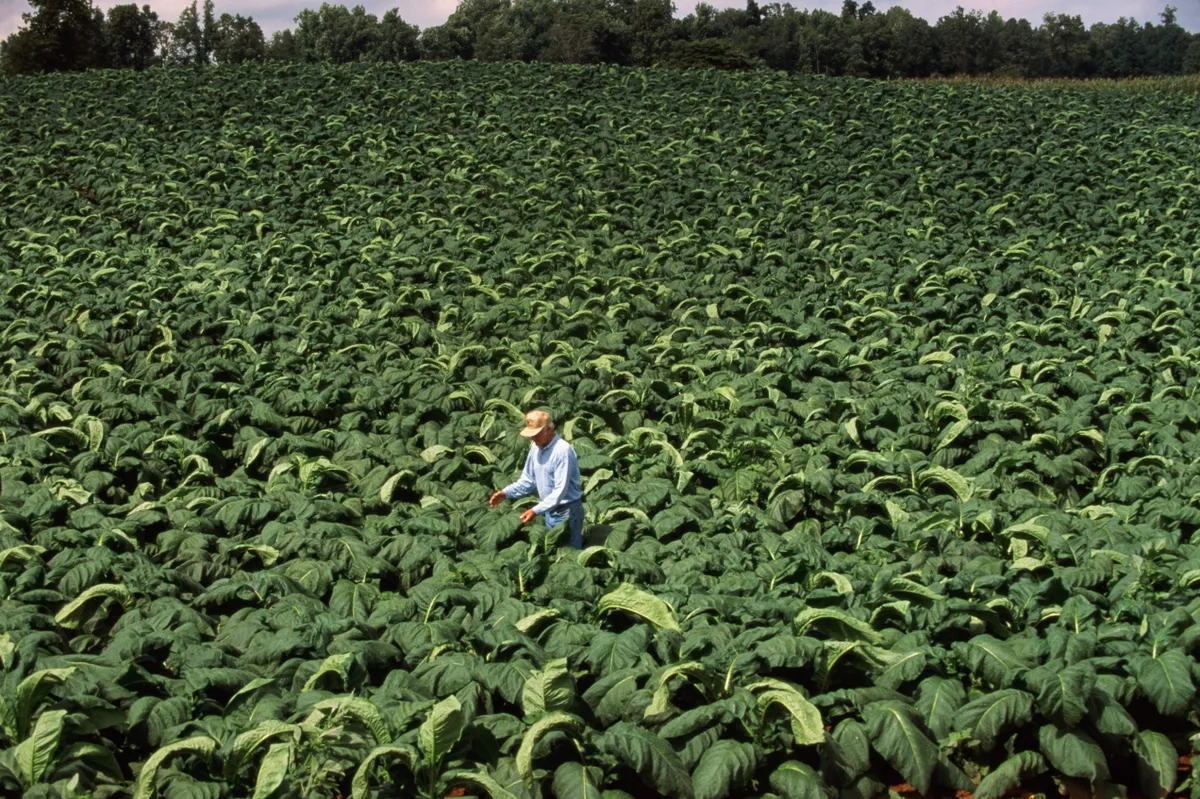
One of the world's most famous, and for some beloved, plants is also one of the most toxic. Tobacco is the most widely grown commercial non-food plant in the world, and in 2020 it was used by an estimated 22.3% of the global population. Despite this popularity, all parts of the plant, especially the leaves, contain the toxic alkaloids nicotine and anabasine.
Tobacco is designated as a cardiac poison and if eaten directly may even result in death. Indirectly, tobacco is still remarkably dangerous, responsible for the deaths of 8 million people a year according to the WHO, primarily as a consequence of cigarette smoking. It certainly deserves its place on our deadly list.
Learn about another ‘killer’ tobacco species
Manchineel (Hippomane mancinella)
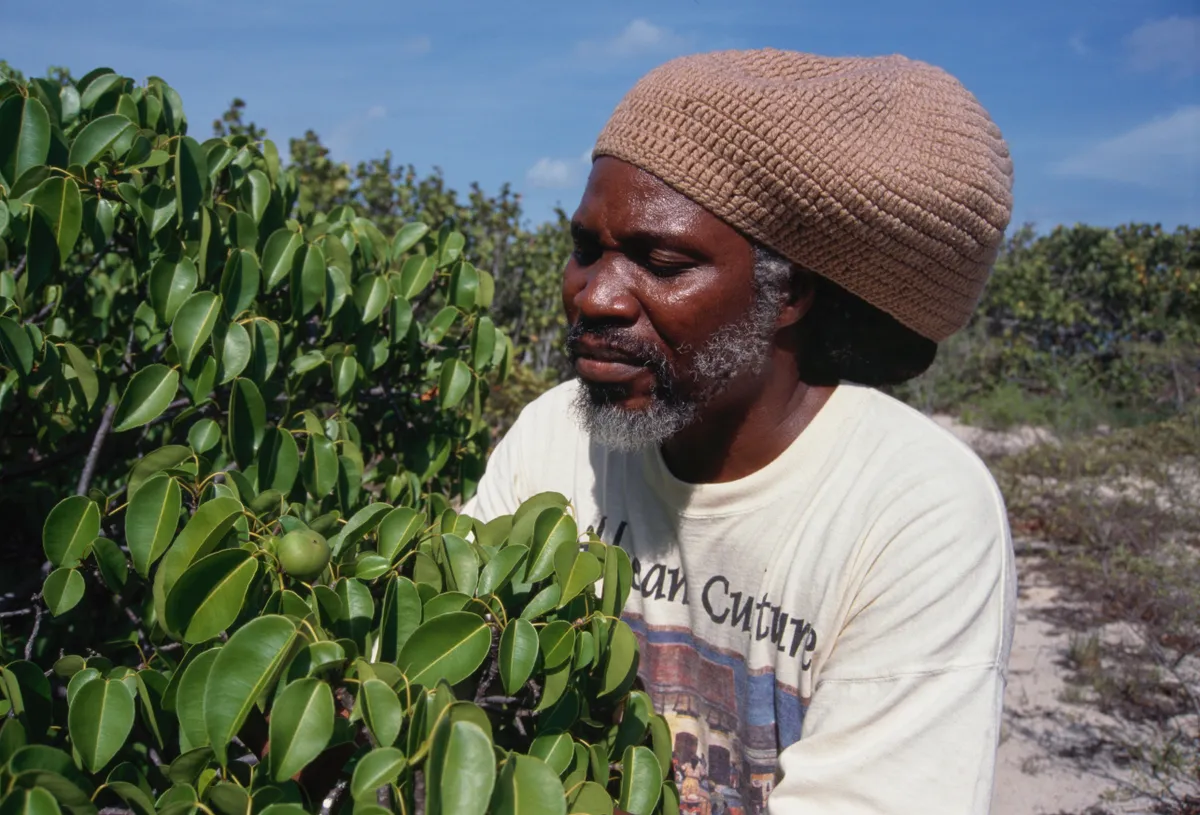
The lethality of Manchineel, the world's most poisonous tree ,is made evident by one Spanish name for it, manzanilla de la muerte, or "little apple of death". Manchineel trees are found in tropical parts of the Americas, and it is known as ‘the world’s most dangerous tree’ for a good reason. Every part of the tree, from the bark to the sap is highly toxic.
The fruits, as the part most likely to be unwittingly consumed, are the most dangerous. Just a single bite of the small green crabapples can cause agony, and potentially death. Even standing beneath the tree when it rains is perilous, as the dripping sap causes the skin to burn and blister. Definitely best left alone!
Lily-Of-The-Valley (Convallaria majalis)

Beautiful, sweet-smelling… and poisonous. Lily-Of-The-Valley, an expensive flowering plant renowned for its delicate perfume and symbolism of love and happiness (it was even featured in the Duchess of Cambridge’s wedding bouquet) is in fact highly toxic. This is due to a high concentration of heart-active cardiac glycosides, and its flowers and attractive red berries may be fatal if eaten.
Like many toxic plants, Lily-Of-The-Valley has been used in folk medicine for centuries, from a supposed treatment for gout to a cure for muteness. There is however no scientific evidence that the plant can treat human diseases.
Oleander (Nerium oleander)
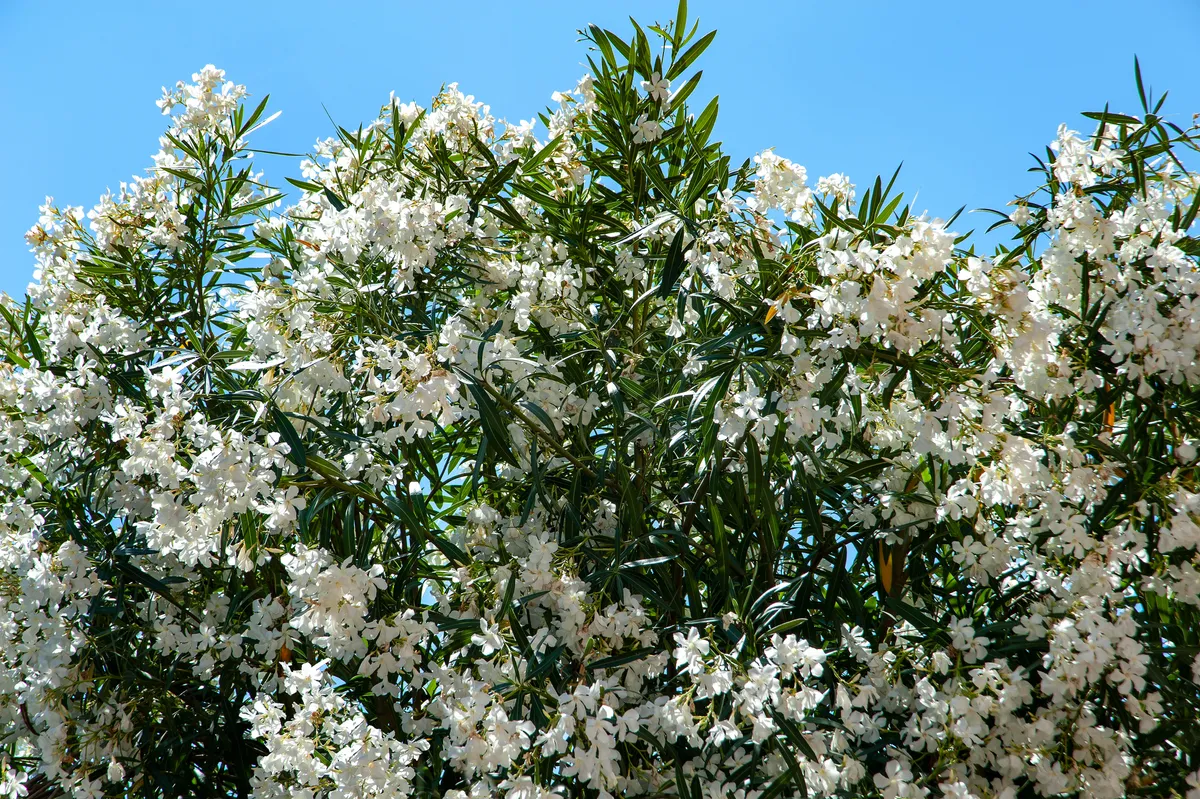
Another toxic but beautiful flower is Oleander. Known for its striking flowers, and portrayed by painters from Klimt to Van Gogh, unfortunately, this pretty pink plant is packed with poison. Like Lily-Of-The-Valley, it contains toxic cardiac glycosides. Somewhat fortunately, however, it has a very bitter taste, meaning that people are not tempted to eat it, and oleander poisonings are rare.
The plant has a very long history of cultivation, with Pliny the Elder writing of its poisonous properties in his famous work Naturalis Historia in AD 77. Characteristic of the book's dubious accuracy he also talks of its usefulness as a snakebite antidote, when in reality it would probably just kill you quicker.
Rosary Pea, or crab's eye vine (Abrus precatorius)
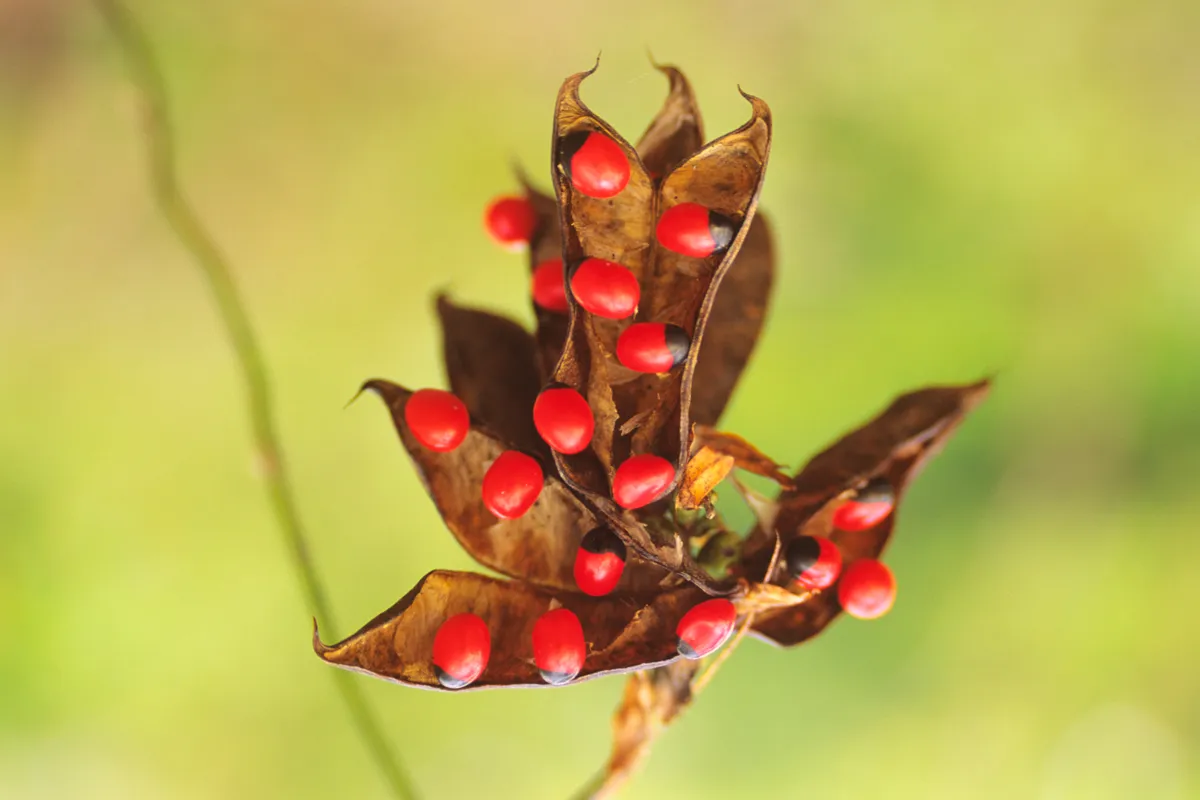
The tiny beans of this plant pack a massive punch. Also known as the jequirity bean this climbing plant of the bean family (Fabaceae) is native to Asia and Australia but is highly invasive in other parts of the world, including parts of the Caribbean and the USA.
It is popular as an ornamental plant but also has a deeper cultural and religious significance in various countries. For example, in Trinidad, the bright red beads are strung into bracelets and worn to ward off evil spirits. This is all despite the fact that ingestion of just a single seed can be fatal.
Its toxicity is such that it has been even used for the illegal killing of cattle, using just a small spike coated in the seed paste.
Cerbera odollam
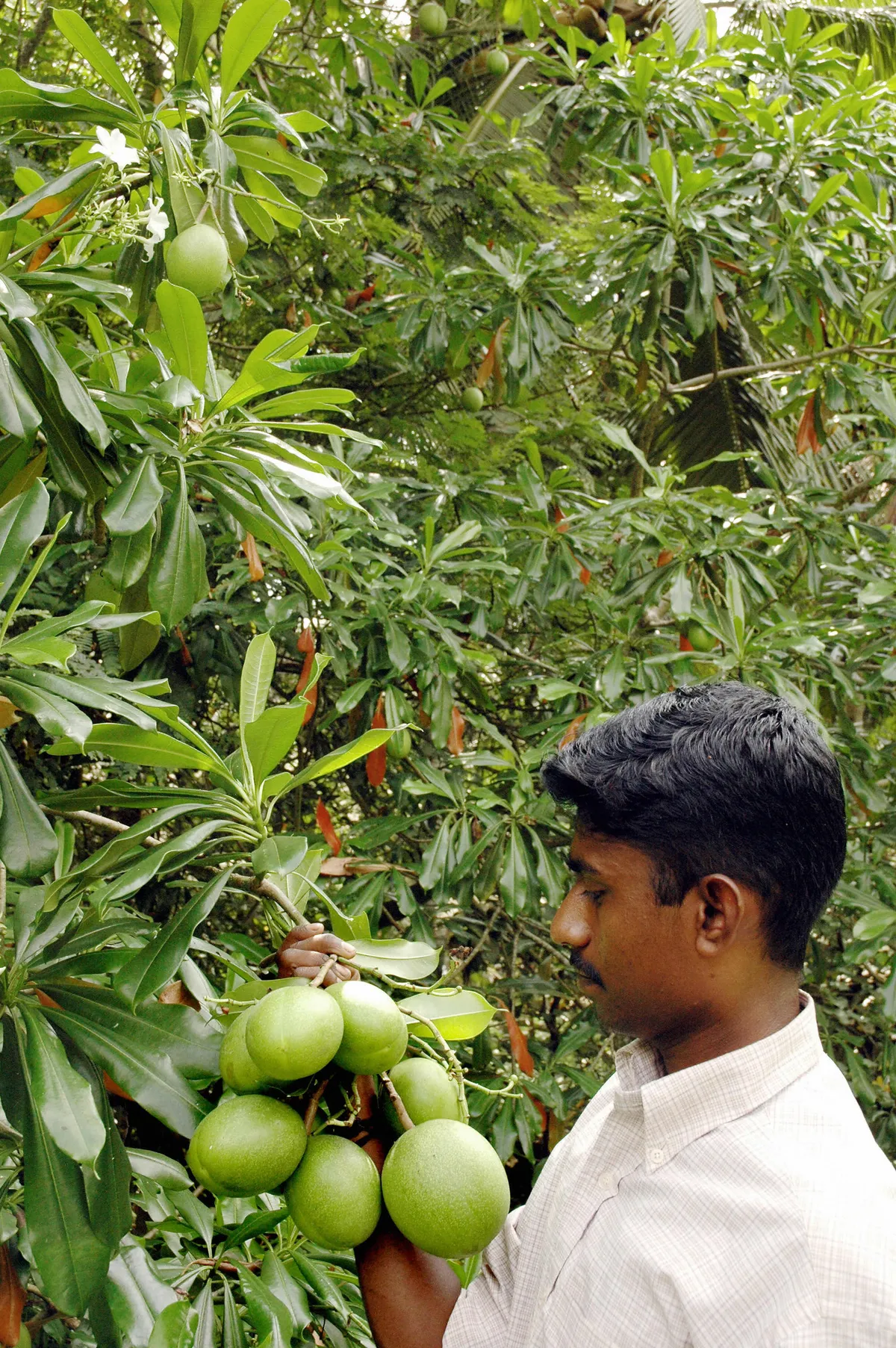
With the gruesome colloquial name of 'suicide tree' it’s not hard to see how this plant made it to our list. Native to south and southeast Asia and Australia, this tree bears a highly toxic fruit called othalanga which when ingested can stop a heart. It has been used both for homicidal and suicidal purposes.
Astonishingly a 2004 study found that the fruit was responsible for approximately one death per week in the southern Indian state of Kerala, primarily suicides. Its popularity as a murder weapon derives from the fact that it is difficult to detect in autopsies and its taste can be masked by strong spices.
Hemlock water-dropwort (Oenanthe crocata)

Another plant with a gruesome moniker and an even creepier story is the hemlock water-dropwort, sometimes known as 'dead man's fingers'. This plant is actually a member of the carrot family, and although is reported to have quite a pleasant taste, is definitely something that should not be put in a stew.
It is thought that this plant may have given rise to the term ‘sardonic grin’ as hemlock water-dropwort poisoning causes (in addition to lung collapse, brain haemorrhage and death) the facial muscles to spasm and contract, leaving a body with a striking ‘smile’. The ‘sardonic’ part of the name is thought to derive from the use of the plant for the ritualistic killing of the elderly and criminals in ancient Sardinia.
Monkshood, wolf's bane, etc (Aconitum genus)

Monkshood, also known by names including wolf's bane, leopard's bane, mousebane, devil's helmet and women's bane, is actually a whole genus of plants, rather than a species. Almost all members of this genus are highly poisonous, but despite this their tall violet-blue flowers make them prized by gardeners and florists.
The toxin derived from these plants is called aconite and in several parts of the world, it has been used as an arrow poison to hunt ibex and bears for example.
It has also been used in grisly historical human ‘medical’ trials. In 1524, Pope Clement VII is said to have intentionally administered aconite to two condemned prisoners in order to test the efficacy of a potential antidote. The prisoner that was given the antidote survived and was rewarded with a life sentence rather than death, the prisoner that was not given it died an agonising death.
Thornapples (Datura genus)

Another deadly and dangerous genus is that of thornapples, also appropriately known as devil's trumpets, and hells bells. All species in this genus are extremely toxic, as well as potentially psychoactive.
Their hallucinogenic properties have led to them being used by indigenous groups of the Americas to elicit visions and go on spiritual ‘trips’. This can be a very dangerous practice however as the difference between a recreational dose and a lethal one is very small. Only very intimate knowledge of its properties can make it a remotely safe experience.
The plants have also been associated with western witchcraft and are said to have been used by witches in their hallucinogenic ‘flying ointments'.
